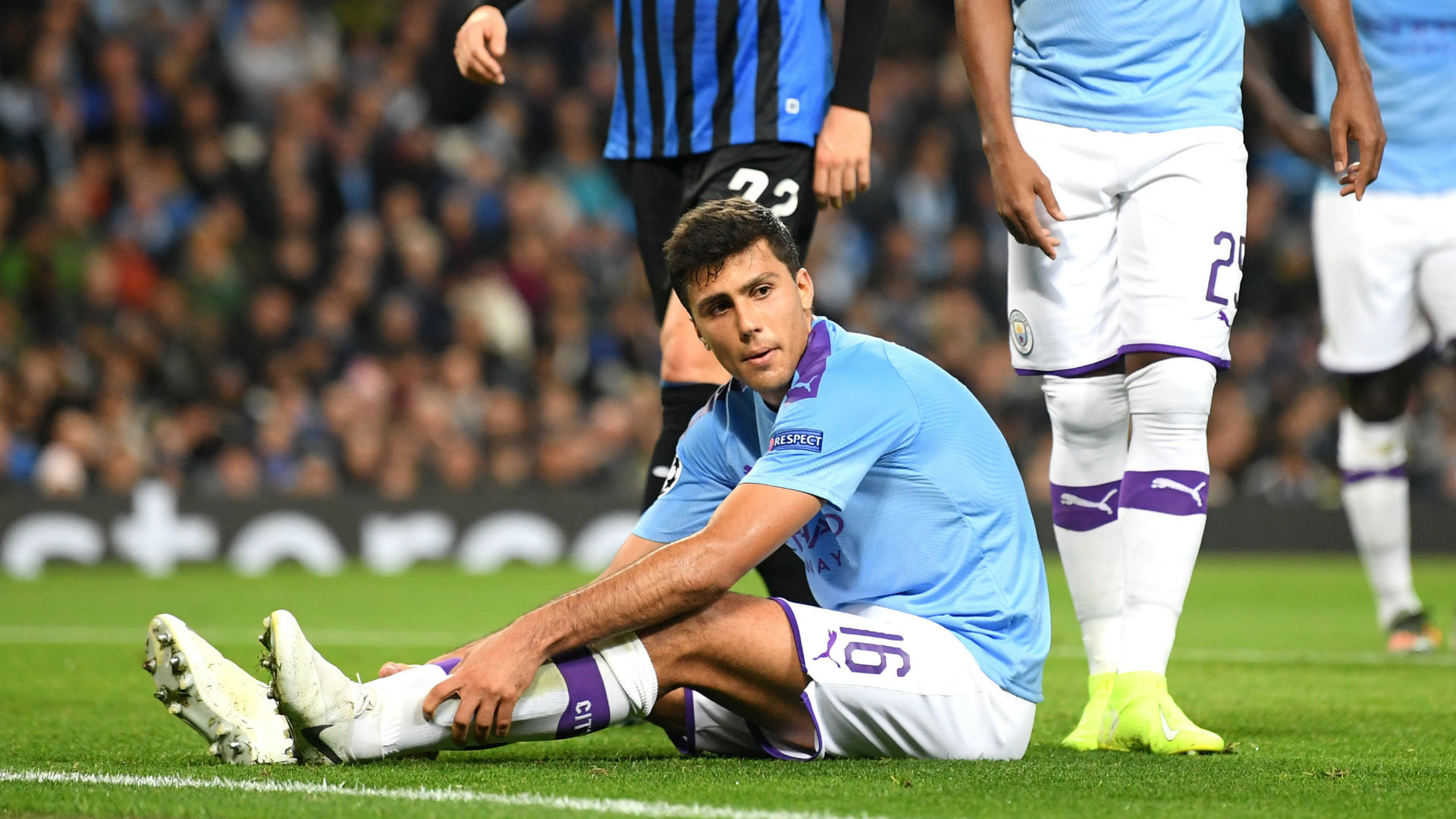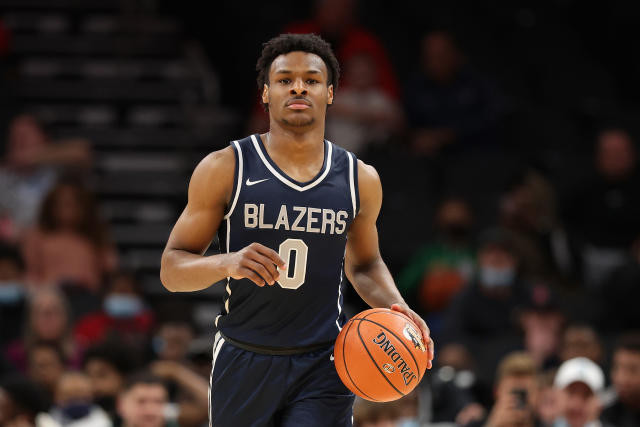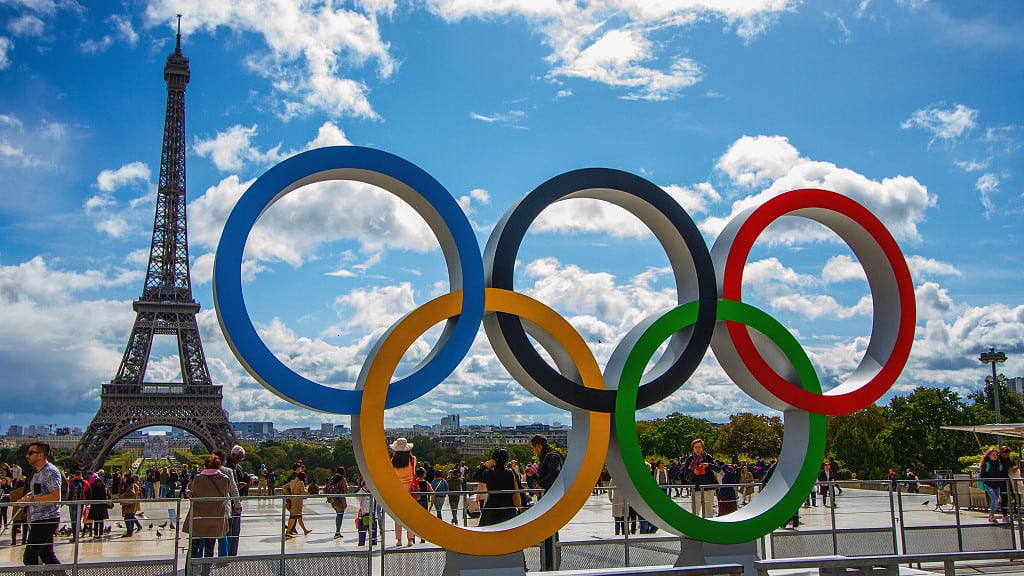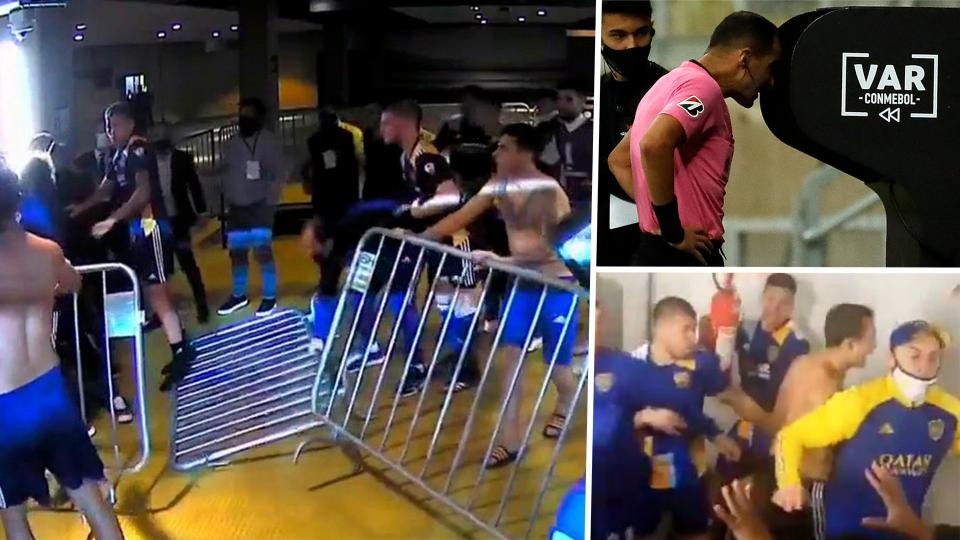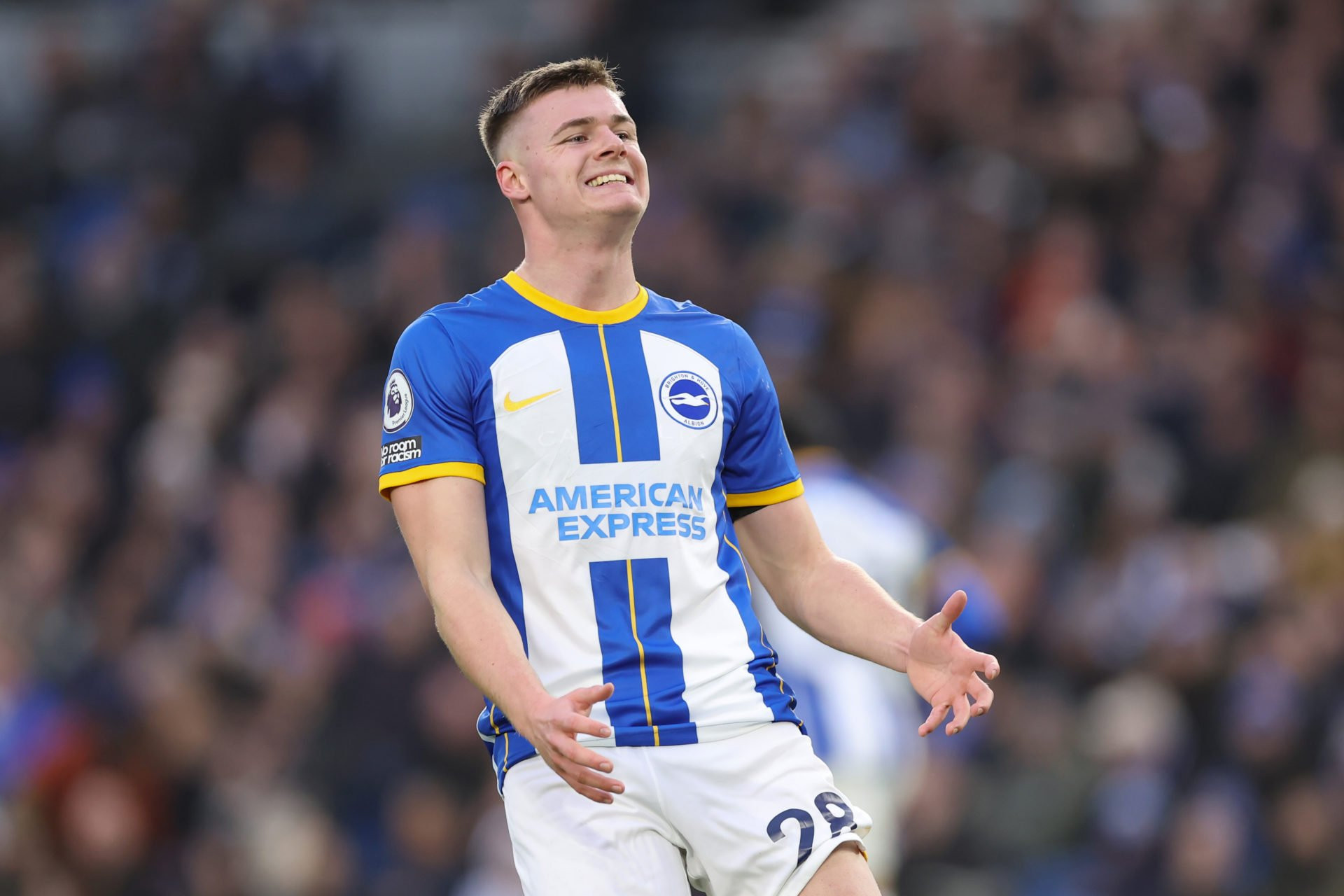Manchester City are weighing up a move for Torino’s Samuele Ricci as they adjust to a season without Rodri after his anterior cruciate ligament injury. The 23-year-old Ricci has been central to Torino’s surprise ascent to the top of Serie A and excelled in the holding midfield role for Italy in their 3-1 win in Paris against France this month. Although he can play in a variety of midfield positions, he is emerging as one of the best young, deep-lying playmakers around and is high on City’s list if they decide they need to make a move in January to cover Rodri’s absence going into the busiest part of the season.
Ricci would also be seen as a prudent long-term addition and, given his fee could go as high as £30m, he would not be a mere stop-gap. City have to decide whether to accelerate their summer plans because of Rodri’s injury.
Ricci is right-footed with an excellent range of passing and manipulates the ball well under pressure. At 5ft 11in he has the physical presence to survive in the Premier League and is said to tackle and block well.
Torino would be reluctant to sell mid-season, especially if they maintain their form and look likely to make the Champions League. But the lure of joining Premier League champions and, potentially, Champions League winners would probably be hard to resist for the player.
On Friday Pep Guardiola confirmed that Rodri’s season was over as a result of the injury sustained in last Sunday’s 2-2 draw with Arsenal. The 28-year-old underwent surgery on his right knee on Friday morning, having been substituted early in the first half of Sunday’s game after going down under no challenge, and will now start his rehabilitation. “[There was] good surgery this morning for an ACL and some meniscus or something. Next season he will be here. This season is over,” stated Guardiola. “Unfortunately we got the worst [outcome]. At this level sometimes it unfortunately happens and we will be there to support him. Good recovery now, step by step and move forward.”
City are at Newcastle on Saturday and the manager feels sure he can find a solution for the absence of a player he described as “irreplaceable” in midweek. “What he gives us, we don’t have a similar player but the other players altogether can replace what Rodri has given since he arrived to us,” said Guardiola. “We have to do it as a team and we have to find the way to play during a lot of months without an important player. Everybody knows it.”
Guardiola was asked if a squad that contains potential replacements in Mateo Kovacic, Ilkay Gündogan, Bernardo Silva, Matheus Nunes, John Stones, Manuel Akanji and Rico Lewis is more able to cover for Rodri than in previous years when not all of these players were available. “If we win, yeah,” he said. “If we don’t win it’s because we miss Rodri.
“There is not one day in the last years where I was not confident. Of course we are stronger with him, we are stronger with Nathan Aké and Oscar Bobb and Kevin [De Bruyne].
“We know that, we don’t want it but football happens and it is pity because it a long injury – eight or nine months. After it is not ‘you have to be ready in one month’, because when you have an ACL injury, a year after you have a lot of muscular problems for sure. That is why it is longer. I think Rodri will become his best not after just eight or nine months. We have magnificent players and we will find the solution.”
De Bruyne remains out of action with a muscular problem, Guardiola confirmed.
It was just last week that Rodri said players were close to going on strike because of the number of games they are being asked to play in. His comments now feel prophetic after the midfielder sustained a serious knee injury in Manchester City’s 2-2 draw against Arsenal last Sunday that head coach Pep Guardiola expects to keep him out for the rest of the season.
“We got the worst (news) but it is what it is,” Guardiola said at a press conference. “At this level unfortunately this happens. We are there to support him and hopefully he has a good recovery step by step.”
But can we say there is a correlation between footballers playing more matches and picking up serious injuries such as Rodri’s? And what can he expect as he starts the long and lonely road back to fitness?
The Athletic spoke to medical experts for their take on Rodri, his right knee and what happens now.
The anterior cruciate ligament — ACL — is one of the key ligaments in the knee that stabilises the joint and connects the thigh bone to the shin bone.
Sustaining an ACL injury is every footballer’s worst nightmare, but it is no longer seen as a potential career-ender.
“It’s still a very serious injury and one that will cause significant time away from playing football,” says Andy Renshaw, former head of medical at Liverpool. “However, surgical skill has improved and our knowledge base in terms of rehab and mitigating manageable risk factors for it has improved dramatically over the last 20 years.”
According to Luke Anthony, former head of sports medicine at Reading, the knee is given a short window to recover before it is operated on.
That will also depend on what other damage is sustained to the knee ligaments — for example if the medial collateral ligament (MCL) or the meniscus has also been damaged.
“Normally it’s a number of weeks before you have surgery, so you don’t rush into it when the knee is quite sore and swollen,” he says.
In Rodri’s case, the surgery has taken place quickly in Madrid, with Guardiola confirming that he had it on Friday morning after tests revealed he had damaged the meniscus as well as the ACL.
Geoff Scott, former head of medical at Tottenham Hotspur, told The Athletic how, in the early stages before surgery, the aim is to decrease the swelling as much as possible while trying to maintain muscle mass.
He said the player is always heavily involved in any discussions about surgery, namely where to have it done and who will operate.
Speaking in general terms about the surgery itself, Anthony says a graft is normally taken, often from the hamstring, although it is sometimes from the patellar tendon (which connects the kneecap to the shinbone). Ordinarily, the surgeon then puts that graft inside the knee to replace the ACL. As soon as the operation is done, rehab begins.
“Quite often the player will wake up with an icing unit on it (the knee) to try and control the swelling as much as possible and get the early activation of the quads and hamstrings as well,” Scott explains.
From there, the player will spend a long time in the gym, doing exercises around strengthening and balance training before they can finally return to the field. They will also have to continue to carefully manage their diet to ensure their conditioning does not suffer.
As players go through the rehab process, Scott adds, they are checked against a series of GPS metrics and returned to training/match play only when a medical department feels confident they are back up to top speed.
Writing about the journey back from an ACL injury for a column in The Athletic in 2020, Alan Shearer gave an insight into how tough rehab can be. He said: “It is like walking into a tunnel and having no light to guide you through. I’ve been there myself, grinding through the days, weeks and months of rehab and recovery, aloof and apart from the rest of my team-mates, a shadow as much as a footballer.”
Guardiola expects Rodri to be out for around eight or nine months, which tallies with experts’ views on ACL injuries more generally.
“The timeframe really depends on what other structures are involved as well,” Scott says. “If it’s an isolated ACL, you might be closer to six or seven months out, but when other structures are involved nine months to 12 months is not uncommon.”
Renshaw agrees and says, all being well, a player should return between seven and nine months after surgery.
Anthony says the reason it takes so long to recover from an ACL injury is because it’s essential to protect the graft inserted during the surgery. “You can’t expose it to the twists and turns of football before the graft has matured and before the leg is strong,” he says.
Guardiola warned today that Rodri’s rehabilitation will not end once he is able to play again.
“When you have an ACL injury for nine months, the year after you have muscular problems for sure,” he said. “I think Rodri will be at his best not just in nine months but it is what it is, as a club we will find a solution.”
That said, countless players have shown that they are able to return to their former best. Virgil van Dijk, who ruptured his ACL in October 2020, ultimately rediscovered his top form, as did Shearer, while Spanish midfielder Xavi, who injured his ACL in 2005, went on to win 17 more major trophies for Barcelona.
“At 28, Rodri still has plenty of time left to recover from rehab and return back from that injury without an issue,” Renshaw says. “But there are suggestions it can slow you down a bit.”
For players who have sustained an ACL injury the biggest concern is the increased risk of re-injury to the same knee, or the other one, which could potentially cut short their career, as outlined in this Athletic piece from 2021.
There is no evidence that currently suggests playing a high number of matches increases the chance of suffering an ACL injury.
It is also sometimes the case that players do not experience initial searing pain, or immediate immobility, with an ACL — which explains why Rodri was able to hobble off the pitch on Sunday.
“Unfortunately it’s one of those things where the speed he was moving at, the direction of travel and the biomechanical factors of where he’s tried to change direction quite sharpish (put him) at a greater risk of that type of problem,” Renshaw says.
As explained in this previous Athletic piece, the best predictors of when an injury is likely to occur is past injuries. However, it is fair to say that playing more matches does make players more susceptible to injuries in general.
In addition to this, games are less predictable than a training session, so carry greater risk.
“Players get cumulative fatigue, and if they don’t get enough time to recover between matches then the injury risk clearly goes up,” Scott says. “That is seen more with muscle injuries — particularly the hamstring.”
In Anthony’s opinion, it is not just the number of matches, but also the rise in intensity of match play that increases the chances of injuries.
“That’s why the risk of hamstring injury has got worse,” he says, “because a hamstring muscle is susceptible to a higher intensity of high-speed running and sprints.”
(Top photo: Martin Rickett/PA Images via Getty Images)
Subscribe to The Athletic for in-depth coverage of your favorite players, teams, leagues and clubs. Try a week on us.
Tom Burrows is a football news writer for The Athletic UK. He was previously a staff editor for almost three years. Prior to that, he worked on news and investigations for national newspapers. Follow Tom on Twitter @TBurrows16




